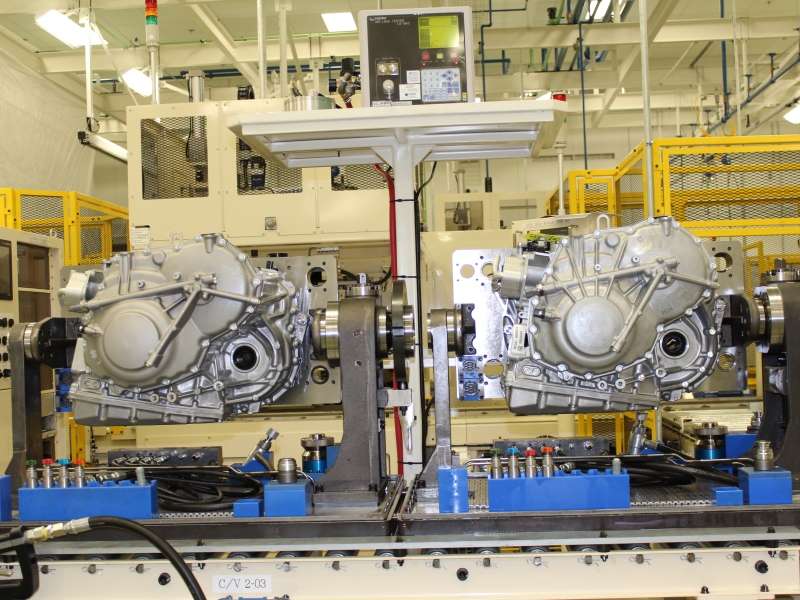Recent Articles
Popular Makes
Body Types
How Does a CVT Work?

A CVT or continuously variable transmission is unlike other types of transmissions because it doesn’t have a few different fixed ratios, but instead provides an almost infinite number of ratios. Instead of shifting between gears, different ratios are selected smoothly (in almost an analog instead of digital fashion), which can make the transmission almost imperceptible. The infinite and continuously adjustable ratios also allow the engine to run at a certain RPM regardless of road speed, improving fuel economy and performance.
Most of the CVTs found in automobiles use the Variable-diameter pulley (VDP) or Reeves drive design. In these transmissions a belt that runs between two clutches that act like variable sized pulleys. The primary clutch is usually connected to the engine, and the secondary to the transaxle. At idle, the primary clutch is disengaged, leaving the belt to spin freely. As the clutch engages the belt begins to transmit power. As the clutch is engaged further the belt is forced to take a longer path, like a pulley that is getting larger. When the primary clutch engages, the secondary clutch disengages, so that the belt tension remains constant. The further the primary clutch is engaged, the larger the effective size, and the lower the gear ratio, meaning that the engine will need to rev lower to maintain the same specific speed.
Another variation of CVT is the toroidal type. This type of continuously variable transmission uses two almost cone-shaped discs and a set of power rollers. The input disc is connected to the engine, while the output disc is connected to the output of the transmission. The power is transmitted from the input disc to the output disc via the power rollers. The gear ratio changes depending on the position of the tilting power rollers. In their center position, a 1:1 ratio is achieved. If the rollers are moved towards the input shaft, the output shaft spins faster than the input shaft. If the rollers are moved towards the output shaft, the reverse happens, and the output shaft spins slower than the input shaft.
There are several other types of continuously variable transmission, including the hydrostatic type, which is sometimes found in lawn tractors and heavy machinery and uses hydraulic fluid, and the cone type which uses one or more cones to transmit power. These types do have their advantages and disadvantages, but are generally not found in cars today.
Some CVT transmissions offer a mode where the transmission acts like a normal automatic or semi-automatic gearbox. In this mode, the transmission simply changes between specific ratios, acting much like a traditional transmission.
